Some cars were made to last — not just in terms of miles, but in toughness, simplicity, and sheer stubbornness. These weren’t delicate machines built for pampering. They were workhorses, weekend warriors, and daily drivers that could take a hit and keep moving. Whether on the trail, the drag strip, or the school drop-off lane, these old-school rides earned a reputation for durability that modern cars still struggle to match.
Jeep Wagoneer (1963-1991)
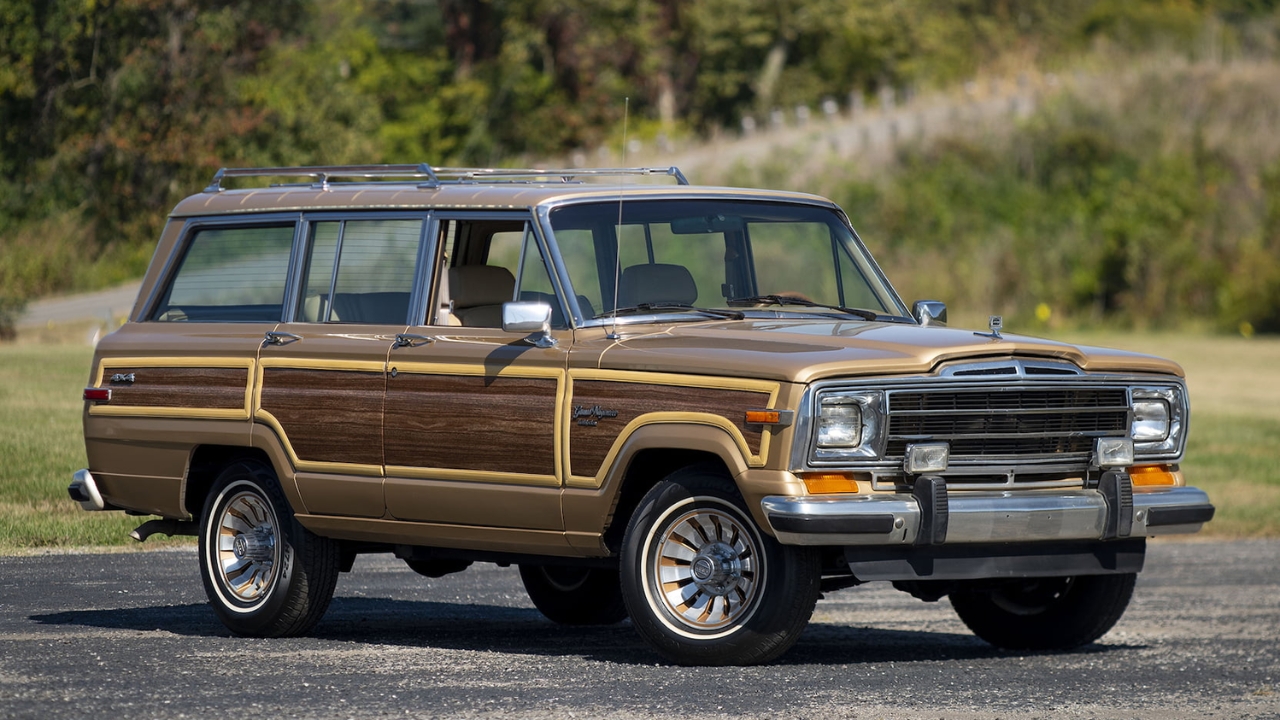
The original Jeep Wagoneer was the kind of vehicle you could take to a country club on Friday and down a muddy trail by Sunday. It blended V8 power with comfort, but underneath that cushy interior was a serious off-roader. Early models packed a 327-cubic-inch engine, while later versions used a range of bulletproof V8s.
It rode lower than most 4WDs of its era, giving it a smoother feel on the road without compromising capability. And with nearly 30 years of production and a huge aftermarket following, it’s no surprise the Wagoneer’s reputation for rugged longevity still holds strong.
1966–1977 Early Ford Bronco
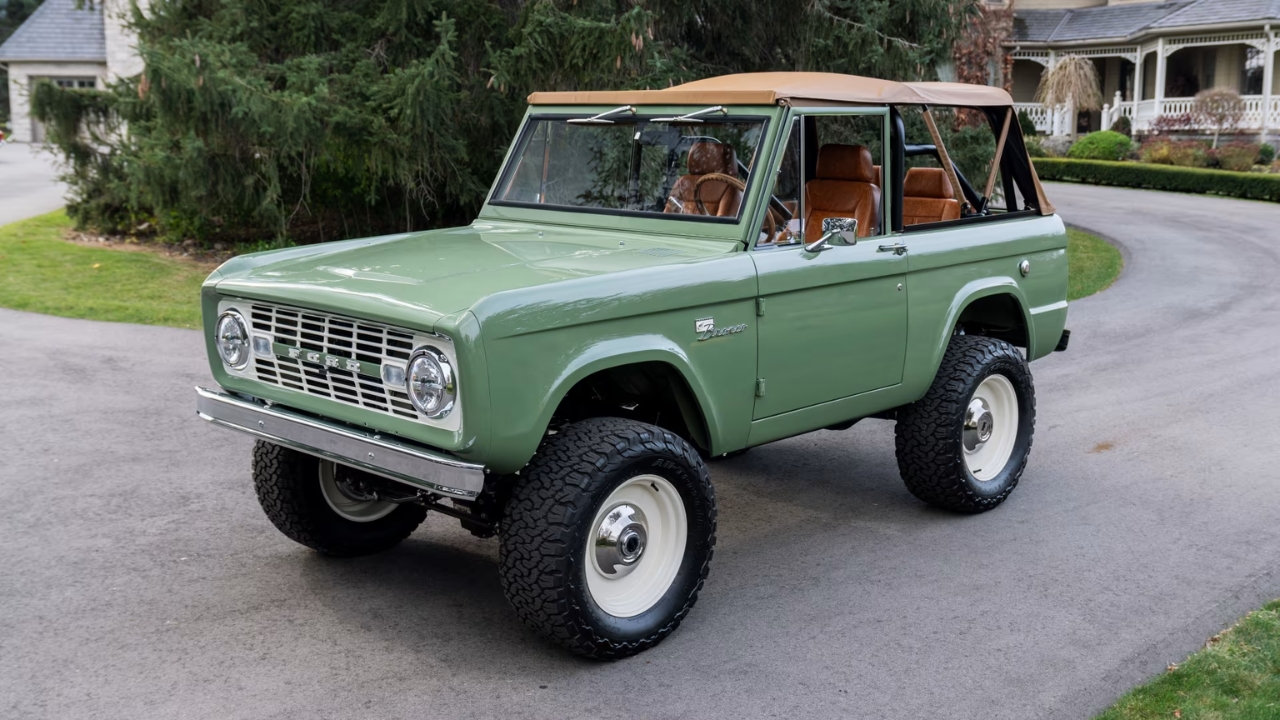
The first-generation Ford Bronco was designed for one thing: to go where other vehicles wouldn’t. Compact, tough, and capable, it was Ford’s answer to the Jeep CJ, but with better road manners and a coil-sprung front suspension that helped it soak up bumps off-road.
With solid Dana axles and available V8 power, it could claw its way over anything in its path. Special trims like the Baja Bronco made it even more capable. Decades later, the early Bronco still commands respect—and a high price—from off-roaders and collectors alike.
Buick Roadmaster (1991-1996)
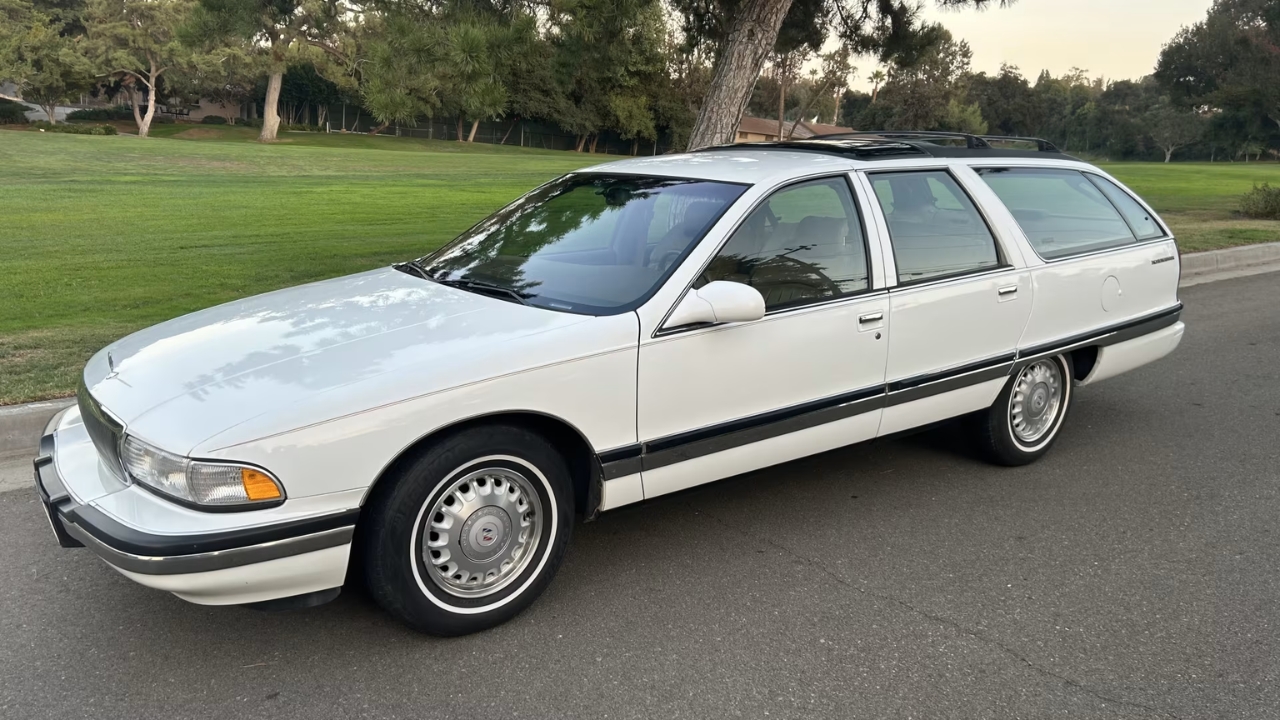
The Buick Roadmaster was a throwback to an era when cars were big, heavy, and built like rolling fortresses. Underneath its polished exterior was a full-size, rear-wheel-drive chassis with a body-on-frame design that harked back to prewar engineering.
But it wasn’t all nostalgia. The Roadmaster’s 5.7-liter V8, borrowed from the Corvette, gave it more power than its size suggested. These wagons could haul people, cargo, or trailers with ease—and they’re still going strong today, often with odometers deep into six figures.
Plymouth Valiant (1963-1966)
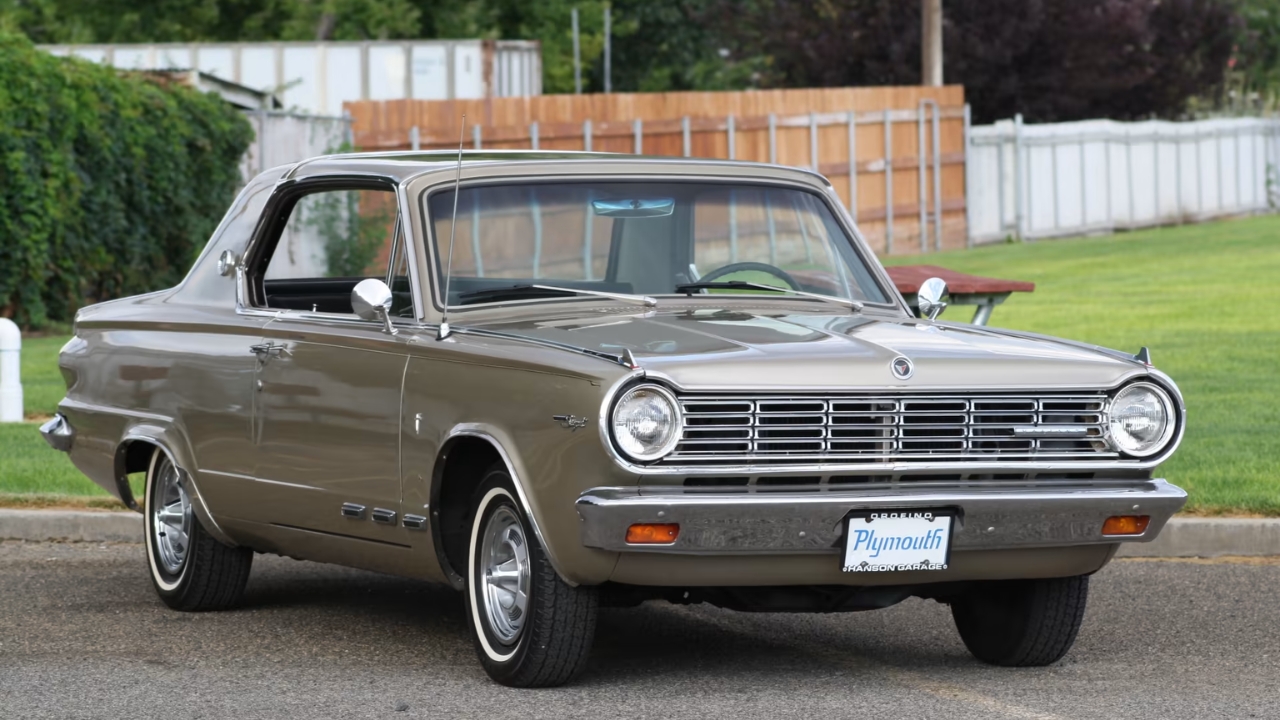
The Plymouth Valiant was Chrysler’s answer to the compact car boom, but unlike some of its rivals, it was built to last. With simple engineering and a legendary slant-six engine under the hood, the Valiant earned a reputation as a car that could take a beating and keep going.
That slant-six wasn’t flashy, but it was tough, easy to work on, and had a reputation for racking up miles without drama. It might not turn heads like a big-block muscle car, but in terms of durability, the Valiant punches far above its weight.
Chevrolet Nova (1968-1974)
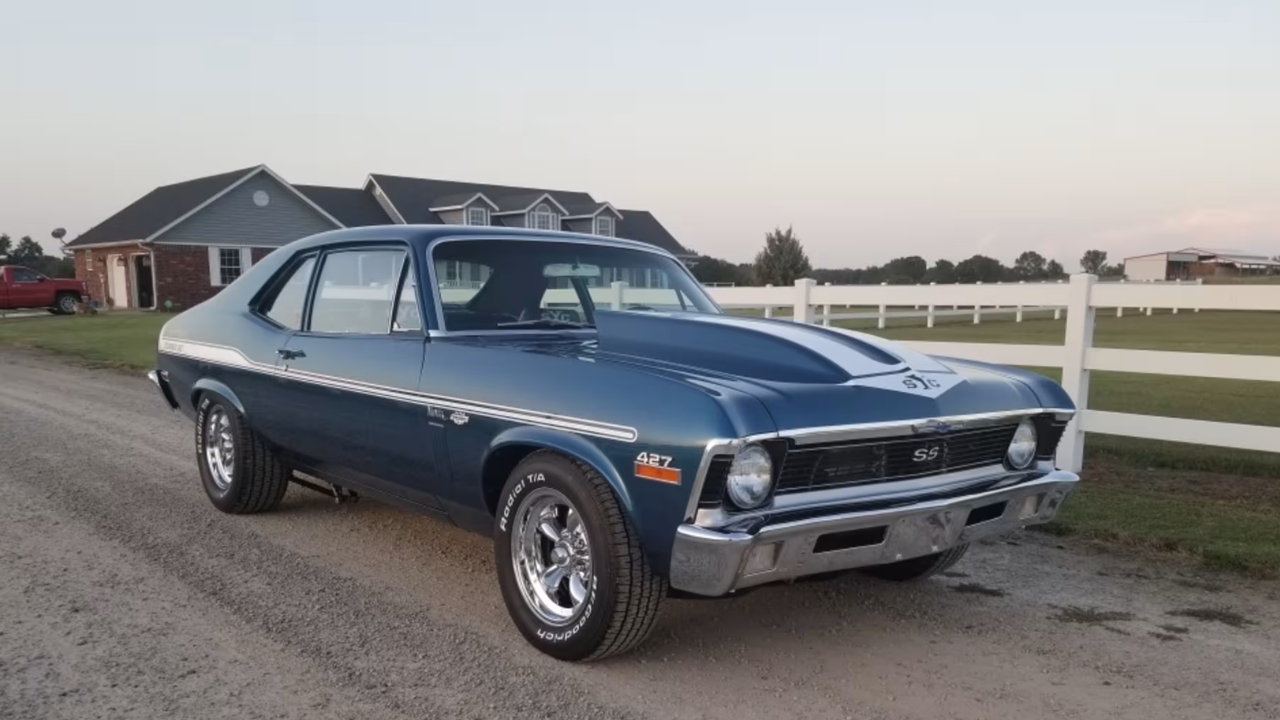
The Chevy Nova was one of GM’s most versatile platforms—and one of its toughest. From grocery getters to full-on muscle machines, the Nova could do it all. The base models came with small inline-sixes, while the SS variants packed big-block V8s with up to 375 horsepower.
But the real workhorse was the 250-cubic-inch inline-six, nicknamed “the sewing machine” for its smooth, reliable operation. The Nova’s simple construction, sturdy drivetrain, and easy-to-find parts make it a favorite for gearheads looking to build a classic that’s tough as nails.
1965-1993 Ford Mustang
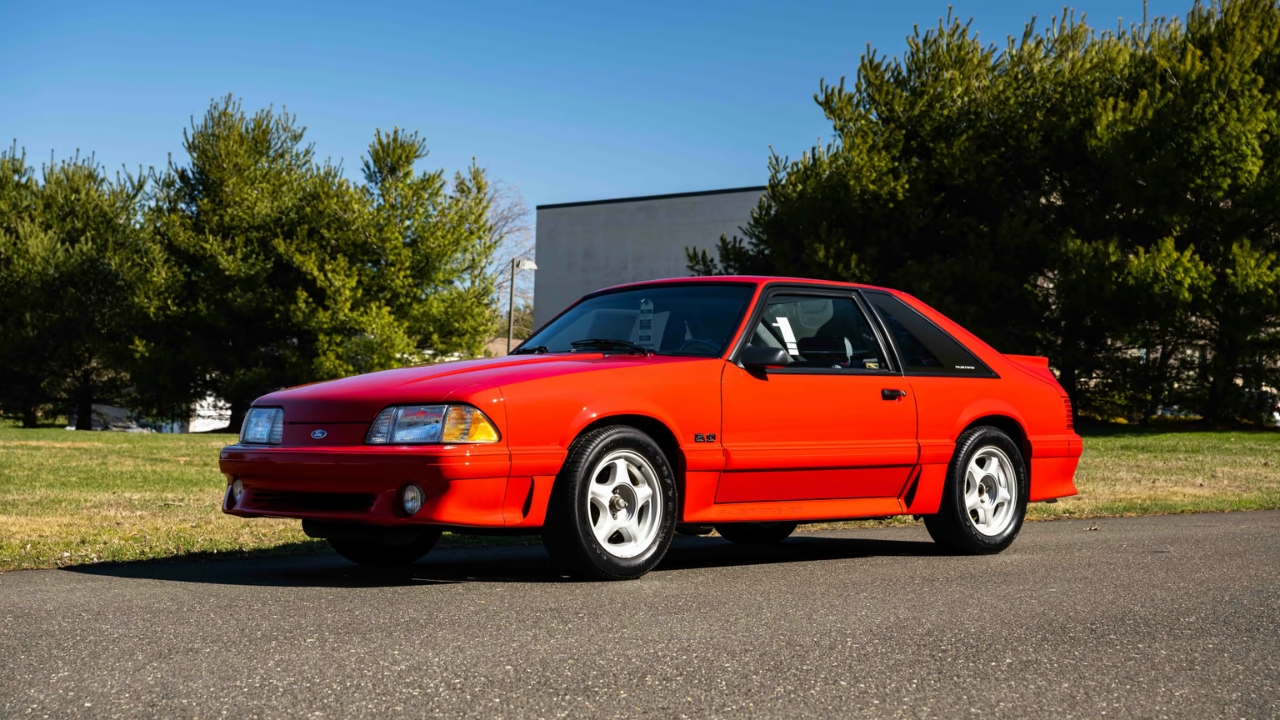
The early Mustangs might be the poster child for American muscle, but it’s the often-overlooked Mustang II and Fox-body models that proved just how tough this car could be. While early versions prioritized style and performance, later ones found new life as budget-friendly, easily modded classics.
Mustang IIs may not have thrilled purists, but many have been upgraded with crate motors that push well past factory limits. Meanwhile, Fox-body Mustangs—especially the four-cylinder LX models—earned a reputation for reliability, parts availability, and surprising performance for the price.
1984-2001 Jeep Cherokee
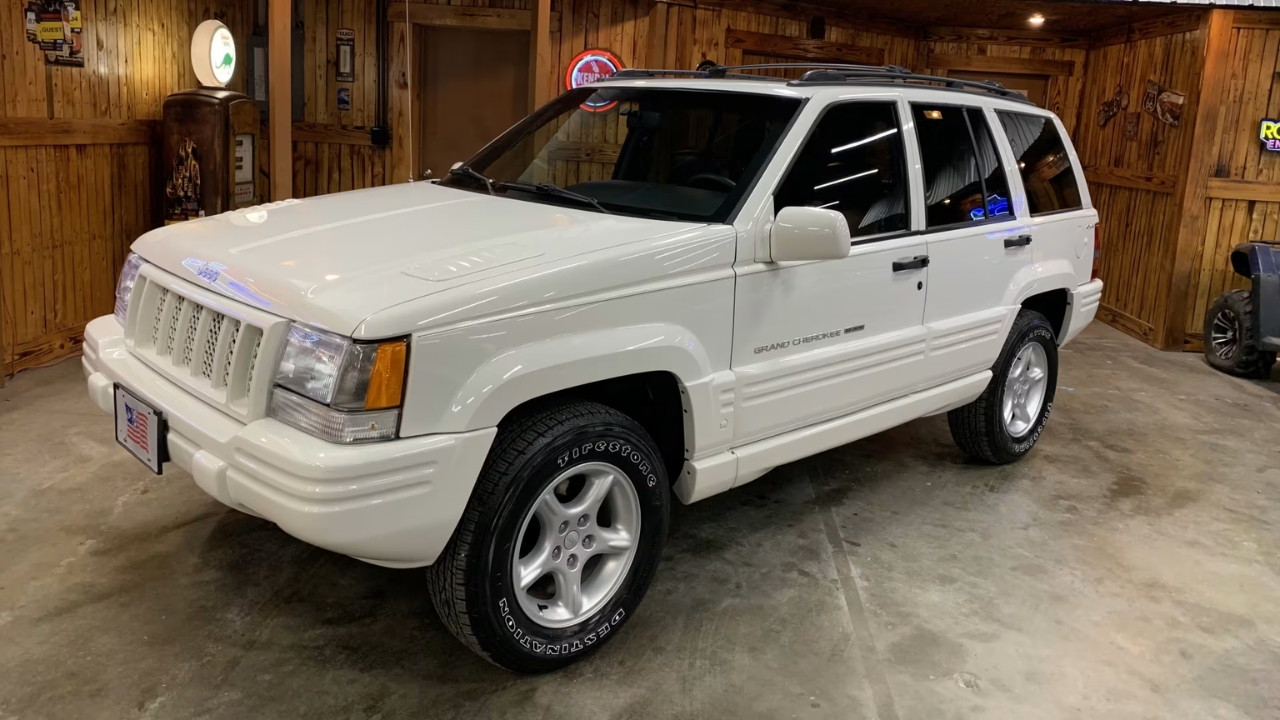
The Jeep Cherokee XJ is one of those vehicles that just refuses to quit. Its unibody construction made it lighter than traditional SUVs, but it didn’t lose any of Jeep’s off-road DNA. Paired with the legendary 4.0-liter inline-six, the Cherokee was as dependable as they come.
Sure, early models had their quirks—sticky switches, weird wiring—but the mechanical core was solid. Add in a rock-solid transfer case and durable axles, and you’ve got a rig that’s still earning trail stripes decades later.
1969–1991 Chevrolet Blazer
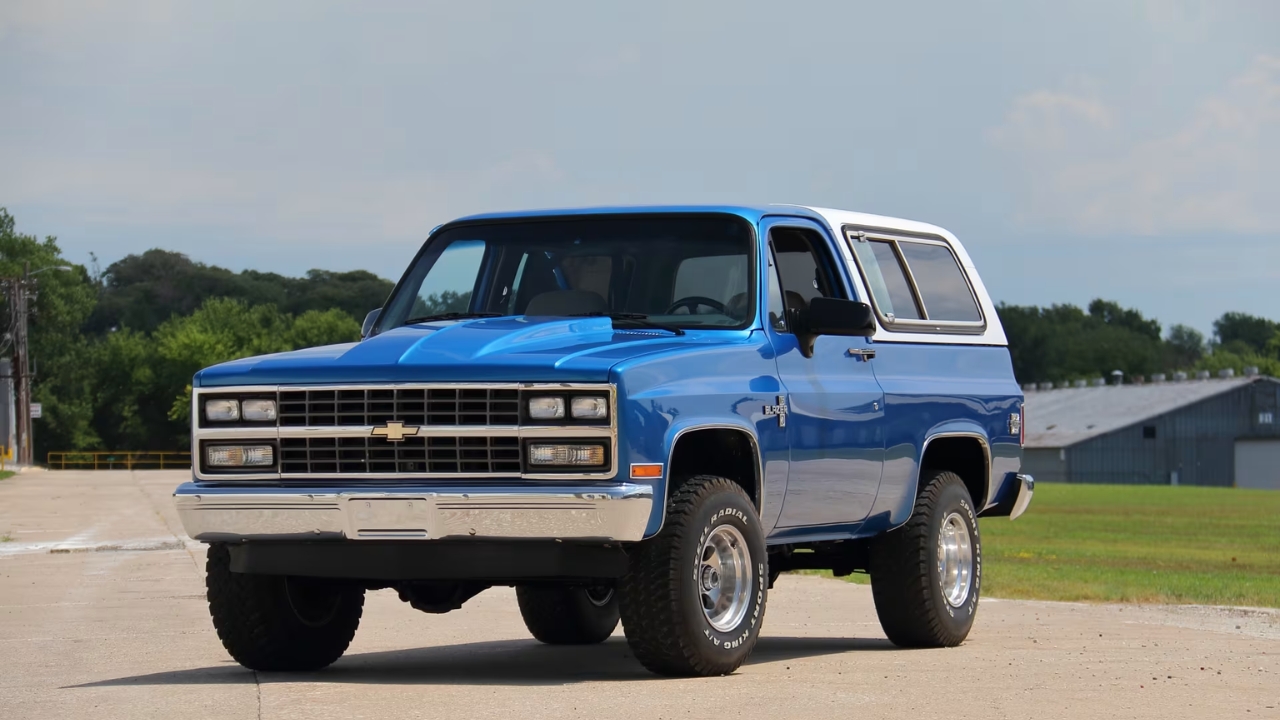
When Chevy launched the original K5 Blazer, it didn’t hold back. It was built on a full-size pickup chassis, complete with a 350-cubic-inch V8 and a heavy-duty NP205 transfer case—the same kind found in big work trucks.
It had serious off-road cred but also enough comfort for daily driving. Later square-body models kept that toughness alive while adding things like fuel injection and shift-on-the-fly 4WD. Whether you’re hauling gear or crawling through the woods, the Blazer was built to take a beating and keep going.
1973–1991 Chevrolet Suburban
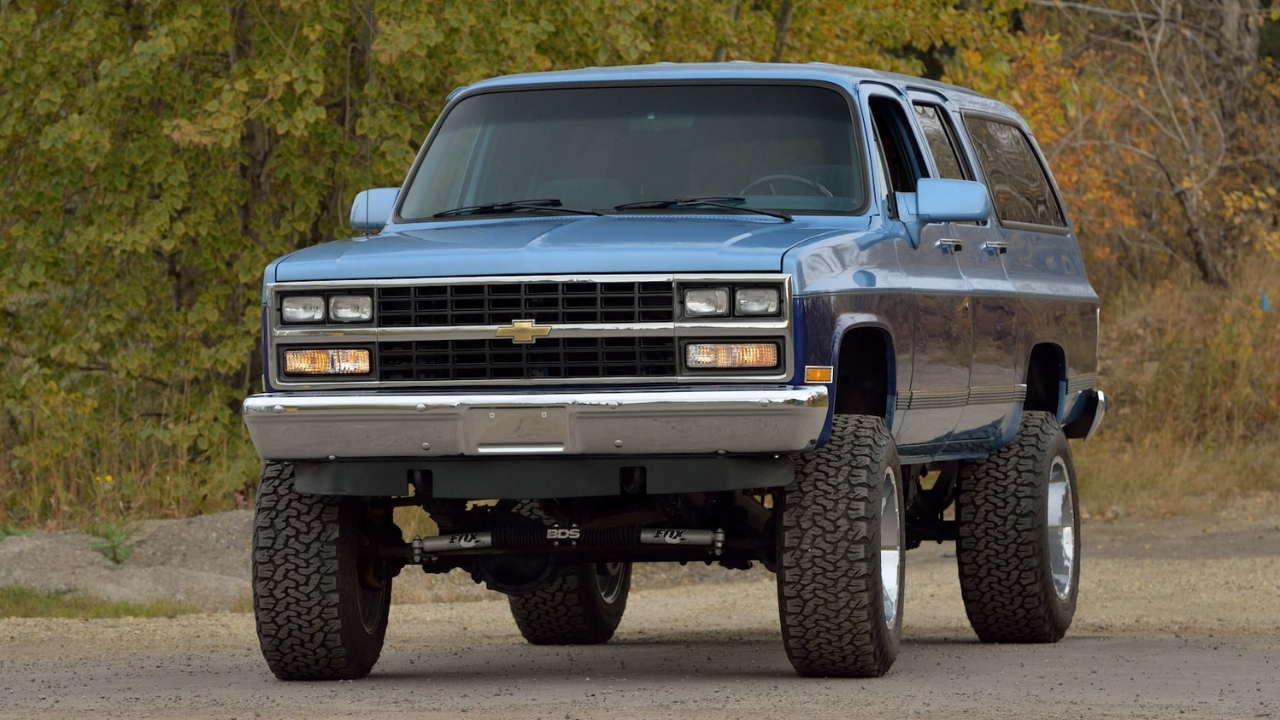
Long before today’s luxury SUVs, the Suburban was hauling big families, gear, and trailers without breaking a sweat. It was basically a heavy-duty truck in SUV clothing, powered by stout small-block and big-block V8s—including the monstrous 454.
With a towing capacity north of 10,000 pounds and seating for up to nine, the square-body Suburban earned its reputation as the ultimate utility rig. Many are still working today, thanks to that rugged body-on-frame design and shared parts with Chevy pickups and Blazers.
*This article was created with the assistance of AI.

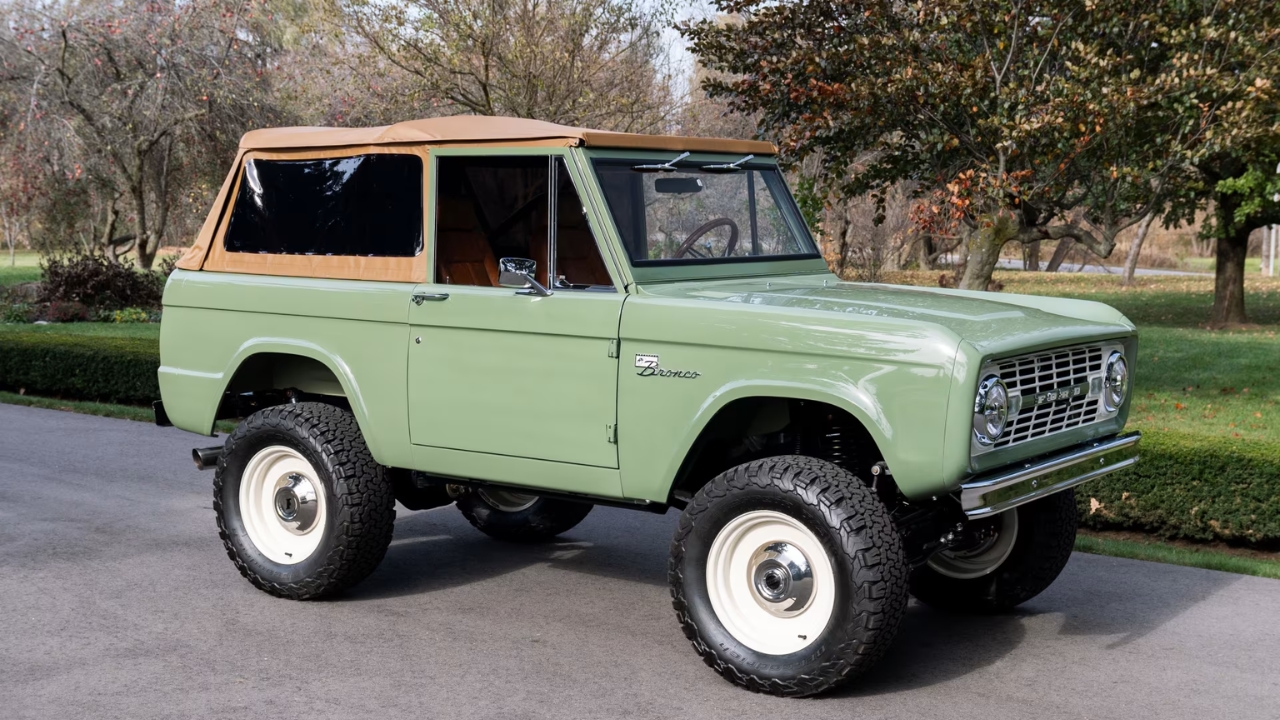
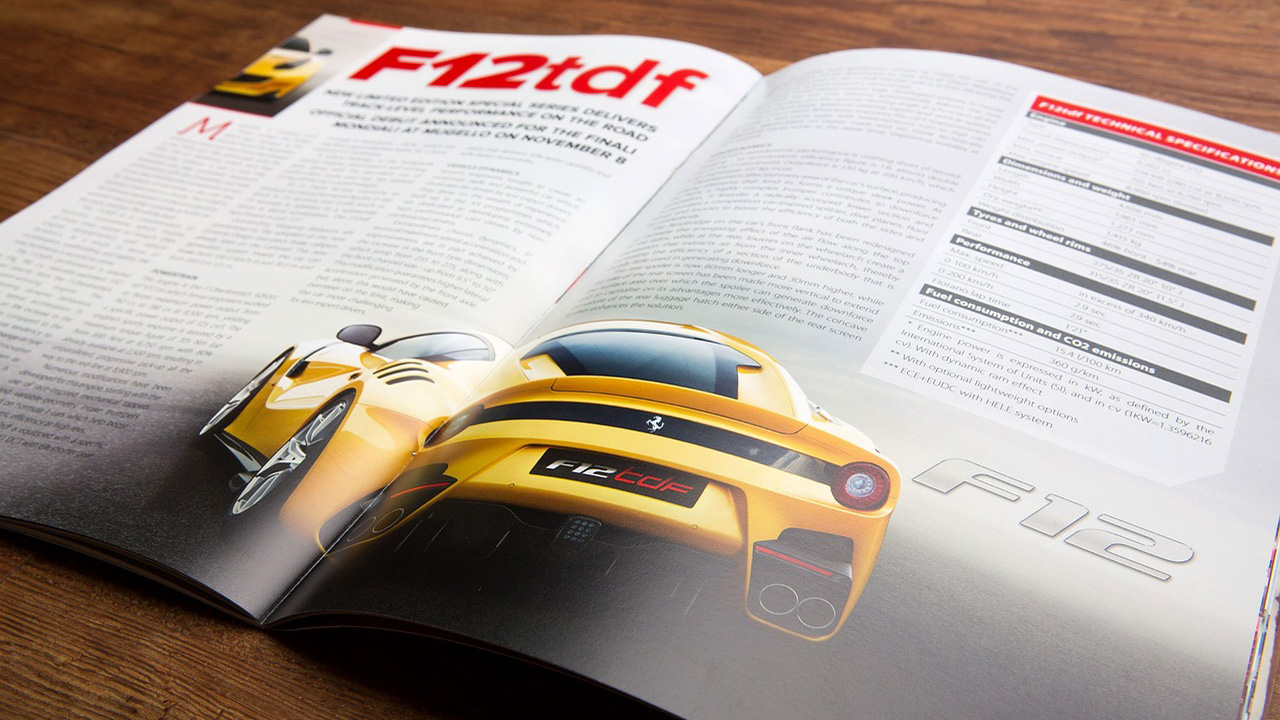

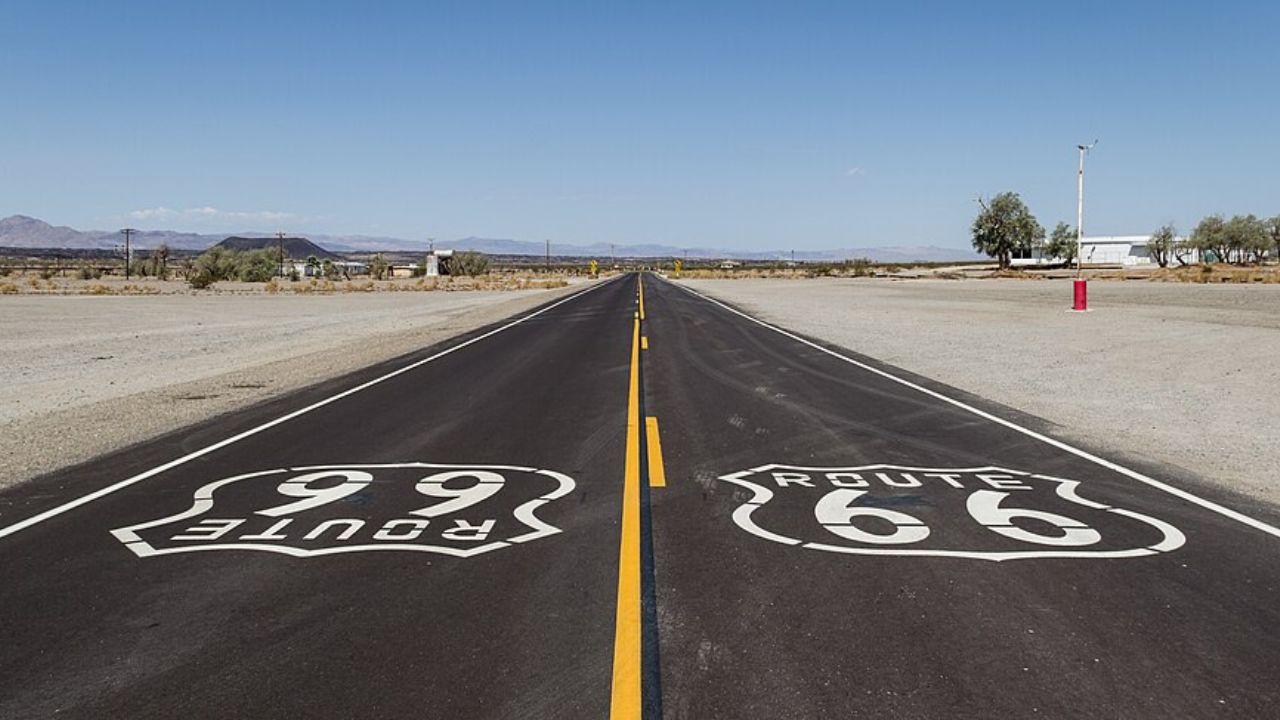
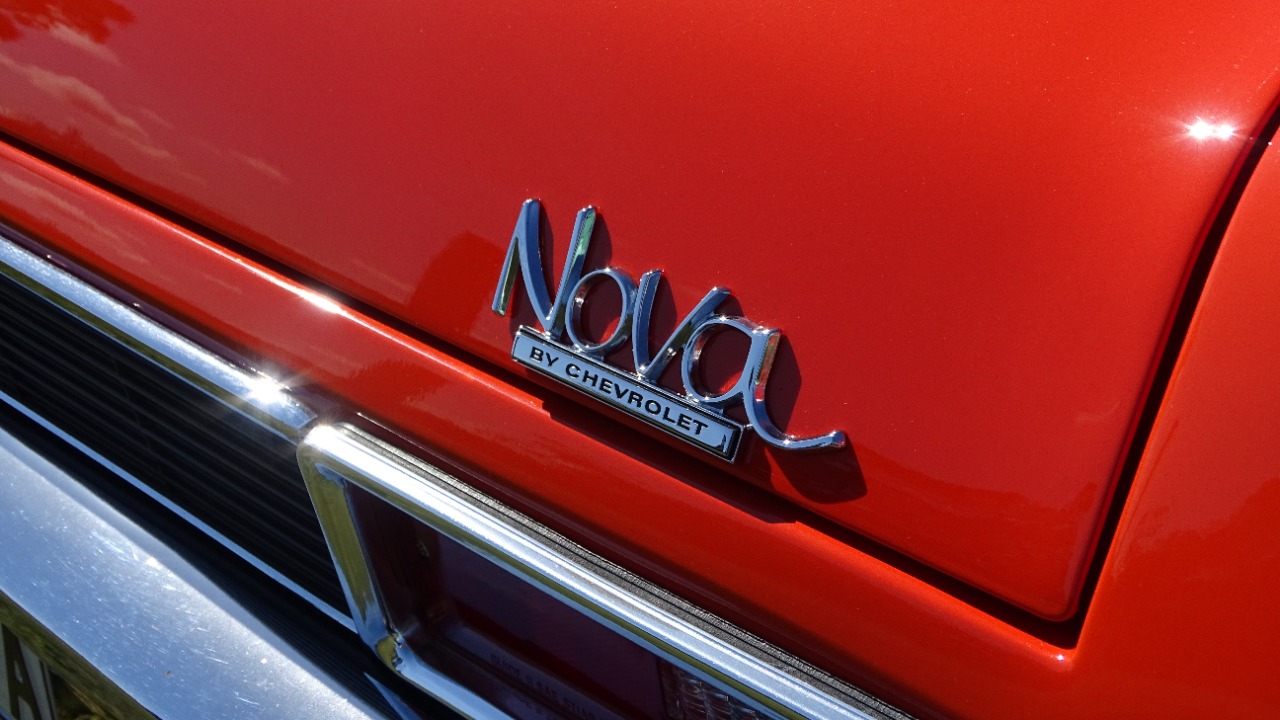

Leave a Reply